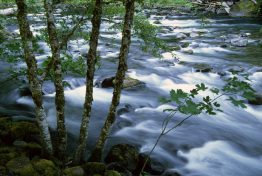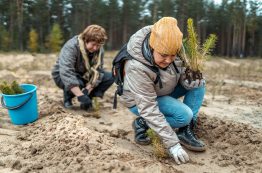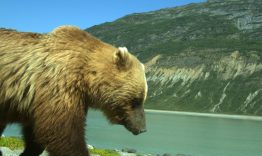Mushrooms have a long-standing history as a culturally and nutritionally significant food source, yet we still have much to learn about our fungal friends. Enter the wondrous world of mushrooms: some toxic, some colorful; some cap-tipped, some mimicking a wave in the ocean. Regardless of how much research has been done on fungi, we have only scratched the surface, with only four percent of fungi species characterized.
Read more »Two College of the Environment faculty recognized by American Geophysical Union
University of Washington School of Oceanography Professor Ginger Armbrust and Department of Atmospheric Sciences Professor Dennis Hartmann will be honored at the 2022 American Geophysical Union Fall Meeting in December. Armbrust has been named a 2022 AGU Fellow in recognition of her outstanding contributions to ocean sciences and for embodying AGU’s values by fostering equity, integrity, diversity and open science; by mentoring; through public engagement; and in her communications.
Read more at UW News »Watch the 2022 Doug Walker Lecture, Climate Crisis: Finding Hope in Action and Community
Watch the video of the 2022 Doug Walker lecture, featuring a live discussion with environmental advocate and educator Jamie Stroble ’10, and moderated by Maya Tolstoy, Maggie Walker Dean of the UW College of the Environment.
Read more »We're Hiring: Assistant or Associate Dean of Diversity, Equity and Inclusion
The College of the Environment has an outstanding opportunity for an Assistant or Associate Dean of Diversity, Equity and Inclusion to join our team. As one of the world’s preeminent environmental research institutions, the University of Washington College of the Environment believes that excellent science, teaching and scholarship can only be achieved in a community which is inclusive and supportive of people of all backgrounds and identities.
Read more »Animals in national parks impacted by even just a few people
People often visit U.S. national parks to catch a glimpse of wildlife. But how does our presence impact the animals we hope to see? National park traffic has grown steadily over the past decade, and popular parks like Yosemite and Yellowstone can easily see over a million visitors a year. In these heavily used areas, one might expect animals to change their behavior to avoid humans.
Read more at UW News »





